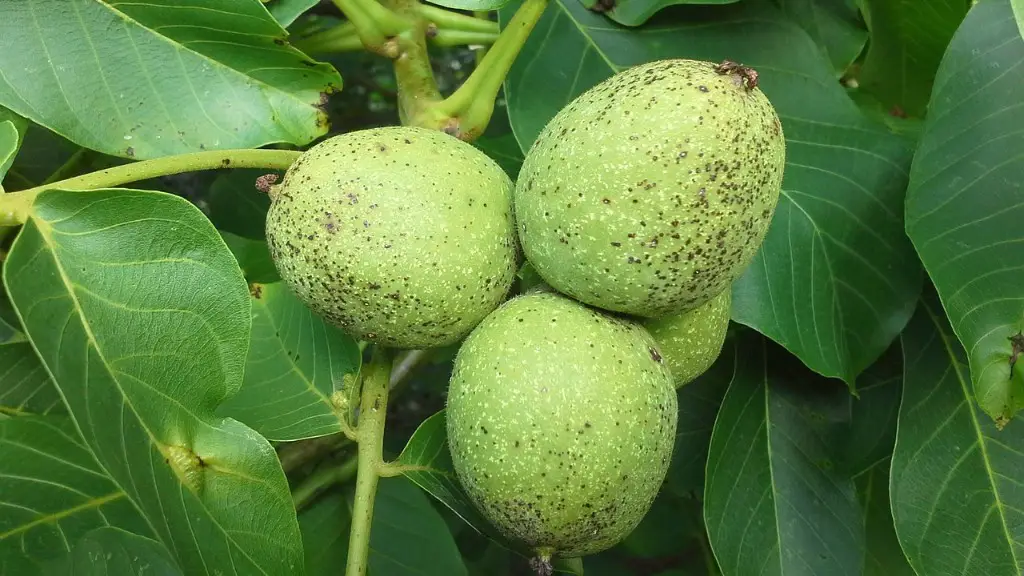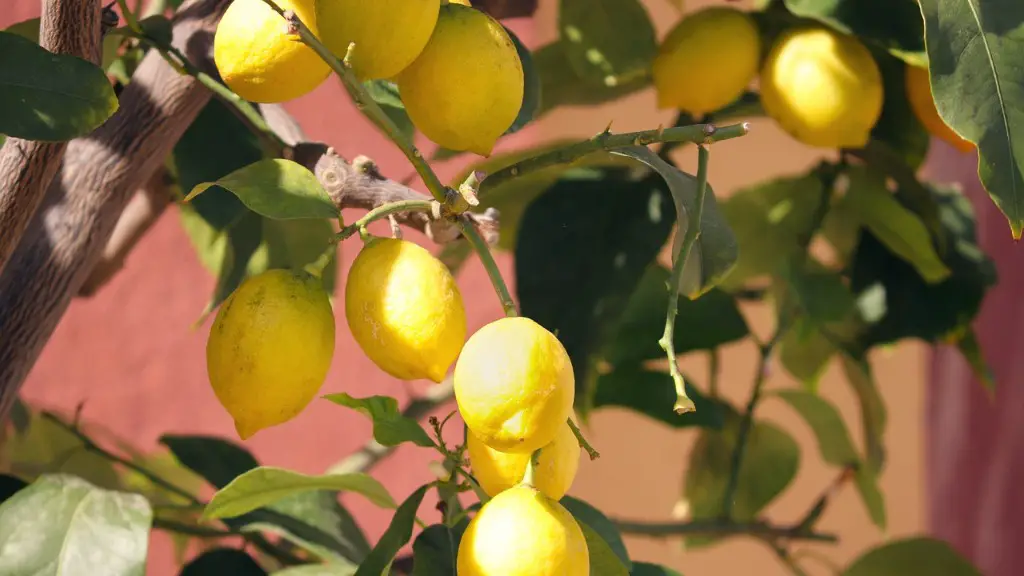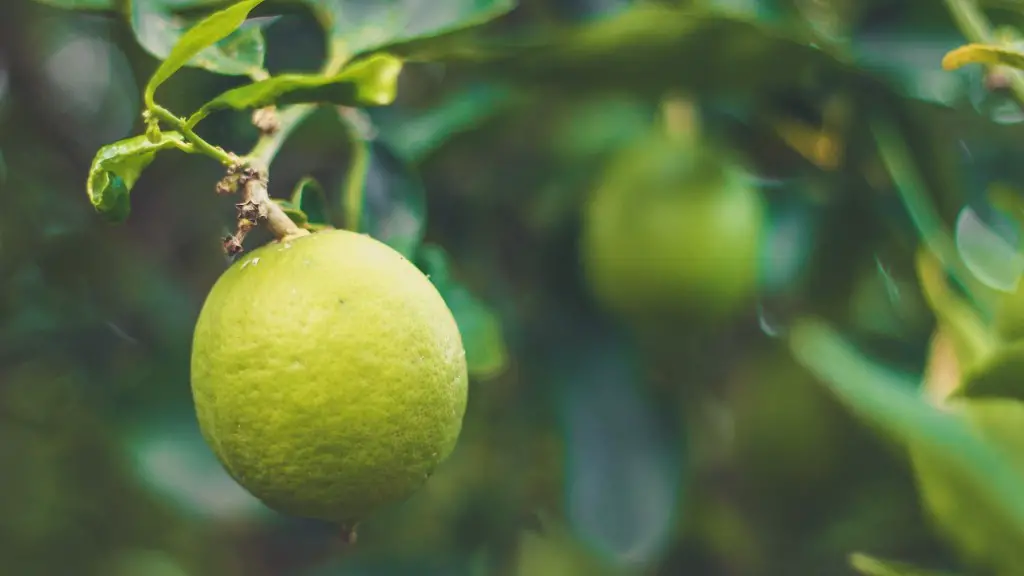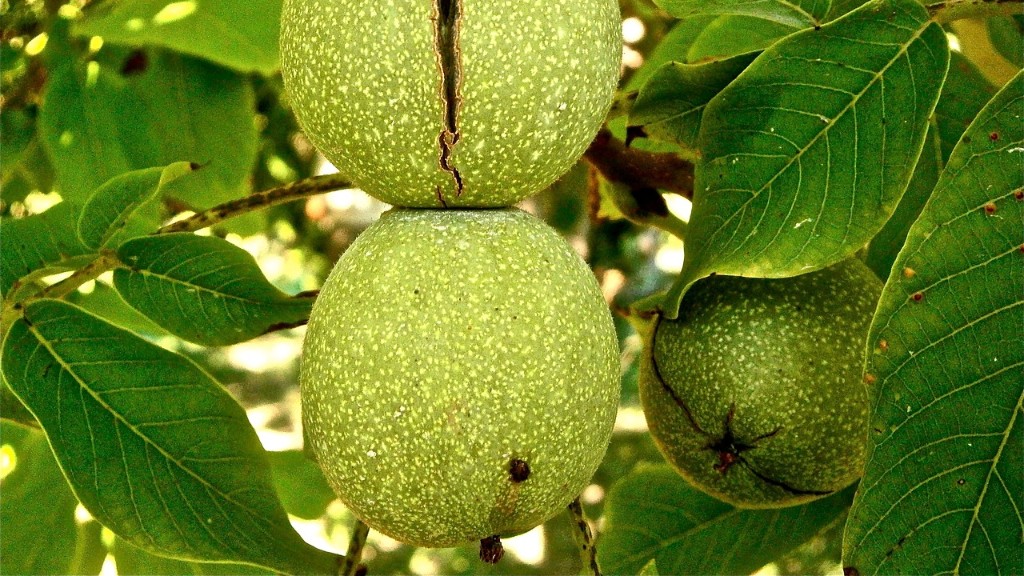When you think of purchasing a lemon tree – you may ask yourself, can I really grow my own lemons? The answer is yes, you certainly can. In fact, with just a bit of knowledge and hard work, you can have a bountiful supply of lemons to enjoy for the rest of your life. Here are a few tips on how to buy a lemon tree and start growing your own lemons.
First, you’ll have to find a nursery or garden center that sells lemon trees. Choose a nursery that specializes in citrus fruits, as these often have the best selection of lemon trees. You can also purchase lemon trees online, but make sure you purchase from a reputable seller that offers assurance of healthy plants.
Secondly, you should decide which lemon tree you’d like to buy. There are many different types of lemon trees, including Meyer and Eureka. Consider the climate in your area, as the type of tree you purchase should correspond with the climate in your area. For example, Meyer lemon trees are often a better choice in cold climates, whereas Eureka trees thrive in warmer climates.
Next, pick the right spot for your lemon tree. Make sure the area has at least 8 hours of daily sunlight and isn’t too exposed to wind. If you buy a container-grown tree, you can easily move it to different areas of your garden or patio to find the perfect spot.
Once you have purchased your lemon tree, it’s important to set up a regular watering schedule. Overwatering can be just as dangerous for your tree as underwatering. Once established, your lemon tree should receive about an inch of water per week, but the amount can vary depending on the climate in your area.
When it’s time to start harvesting your lemons, make sure you use caution. Avoid squeezing the fruit, as this can damage the tree. Instead, use a gentle twisting motion when picking the fruit to help protect the branches of the tree. Additionally, try to pick the lemons just before they’re ripe to ensure the highest quality of flavor and texture.
Finally, to ensure the health of your lemon tree, be sure to give it the proper amount of fertilizer and keep an eye out for any pests or diseases that might be afflicting your tree. If you notice any issues, take steps to address them immediately to keep your trees healthy and happy.
Caring for Your Lemon Tree
Once your lemon tree is established, it’s important to provide it with the proper care and attention. Developing a regular maintenance schedule can help you keep it healthy and prevent any potential issues. A few simple steps can make a big difference in the lifespan and overall health of your lemon tree.
First, prune your tree regularly to keep it healthy and help it maintain its shape. Pruning should be done right after the harvest season when the fruiting wood has been harvested and when the growth of the current season’s wood has been completed. This can help to remove dead, diseased, and damaged tissue while allowing the healthy branches of the tree to become stronger and produce more fruit.
Second, be sure to perform regular pest and disease inspections on your lemon tree. There are many pests and diseases that can harm your tree, including citrus scale and aphids. The healthier you keep your tree, the less likely it is to be attacked by pests and diseases, so check regularly and take any necessary steps to prevent damage.
Third, fertilize your tree regularly. Lemon trees need a balanced fertilizer to ensure healthy growth, so fertilize it every 3-4 months according to the manufacturer’s directions. Use a fertilizer specifically designed for citrus trees that contains the nutrients necessary for growth, such as nitrogen, iron, magnesium, and potash.
Fourth, keep the lime in check. Lemon trees do not do well in soils that are too alkaline, so add some boron or gypsum to the soil to keep the pH balance in the right range. This will help the roots absorb water and nutrients more efficiently and will help your tree to grow strong and healthy.
Finally, remember to give your lemon tree plenty of love and attention. Trim off any dead or diseased branches, prune the tree each year, and water it regularly. If you give your tree the proper care it needs, it can provide you with fresh lemons for years to come.
Protecting Your Lemon Tree from Frost
If you live in an area that experiences cold winters, then protecting your lemon tree from frost is essential. Frost can do serious damage to the tree, especially if it’s young or in a vulnerable stage of growth. The best thing you can do is to ensure your lemon tree is planted in an area that’s sheltered from frost and wind.
You can also use a frost blanket to keep your lemon tree warmer during winter. Frost blankets are essentially large sheets of insulation that are draped over the tree while it sleeps. They protect the tree from frost and other cold weather conditions, allowing the tree to stay warmer and healthier.
You can also set up temporary protection structures around your tree. These structures can be made from wood, metal, or plastic sheets and will help to deflect any frost away from the tree. They should be taken down and stored away when the weather warms up so that your lemon tree can get the sunlight it needs.
Finally, you can add some potted plants around your lemon tree to provide extra warmth. Pots filled with soil act as insulators and prevent the soil from freezing. Additionally, plants release oxygen during the night, which can help your lemon tree stay warm and happy.
Pests and Diseases
Different types of pests and diseases can affect the health of your lemon tree, so it’s essential to stay vigilant and take the necessary steps to protect it. A few common pests include citrus scale, aphids, and whiteflies. Citrus scale is a common pest that looks like a thin, rounded bump on the leaves and stems of the tree. They can be controlled with horticultural oils or insecticides.
Aphids are small, soft-bodied insects that feed on the sap of the tree, leaving sticky, honeydew-like secretions on the leaves. They can be controlled with horticultural oils, insecticides, or soapy water. Whiteflies are small, moth-like insects that attack the leaves of the tree and feed on the sap. They can be controlled with insecticidal soap or insecticides.
In addition to pests, some diseases can also affect your lemon tree. These include brown rot, citrus wilt, winter bark canker, and scab, all of which can be controlled with the proper treatments. If you notice any of these diseases, it’s best to treat them right away to avoid serious damage.
Finally, it’s important to provide your lemon tree with plenty of water and nutrients. Make sure the soil is well-draining and fertilize the tree regularly to provide the proper nutrients for growth. With the proper care and attention, you can keep your lemon tree healthy and productive.
Harvesting Your Lemons
When your lemon tree is ready to be harvested, the ripe lemons will appear a yellow-green color. When you’re ready to pick the lemons, it’s important to use caution to ensure the tree is not damaged in the process. Begin by gently twisting the fruit until it is detached from the tree. Be sure to avoid squeezing the fruit or tugging at the stem, as this can cause damage to the tree.
After you’ve harvested your lemons, you can store them in a cool, dry place for up to a month. If you’d like to keep them longer, you can freeze the lemons or dry them in a food dehydrator. You can also make lemon juice, lemon jam, or other delicious recipes with your fresh lemons.
Finally, prune your tree regularly to encourage healthy growth. Make sure to remove any dead, diseased, or damaged branches, and consider thinning your tree in order to ensure that the branches are healthy and the tree is balanced. Pruning should be done just after the harvest season and should help to promote vigor and productivity in your lemon tree.





